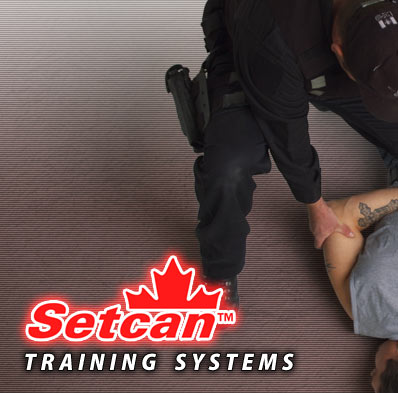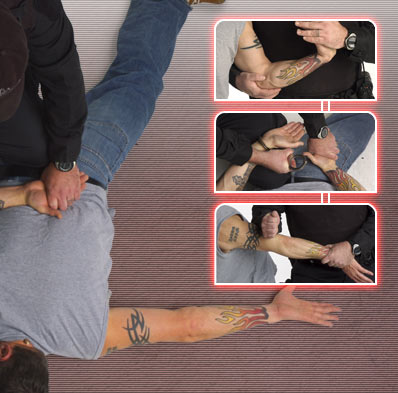|
System Evaluation:
Unless you work in an area that requires a high number of high risk vehicle stops, most officers do not get enough exposure on the streets to retain all the detailed directions they learned during a HRVS. The Setcan High Risk Vehicle Stop System is designed so that an officer can easily recall the system and utilize it even years after taking the course.
Four Phases of a HRVS:
Every HRVS consists of four distinct phases. The Pull Over, Vehicle Stabalization, Occupant Extraction and Vehicle Clearing. You will learn each phase and how they fit into the overall system.
|
|
Role of the Control Officer:
The Control Officer system was developed as a result of testing experienced officers and recognizing how they conducted HRVS while under stress. The Control Officer system helps to simplify the entire process.
Role of the Cover Officer:
You will learn the difference between cover and concealment. There is close examination of the limited cover given by a vehicle. You will learn the Cover Officer’s Areas of responsibility and how to maximize your effectiveness as a team.
|
|
Use of Force Dynamics:
All HRVS Systems are based on the occupants of the vehicle being complainant and following the officer’s instructions. What happens if they do not comply? What if they do not present a deadly force threat but a lower level of resistance. You will learn how best to deal with these variables.
|




